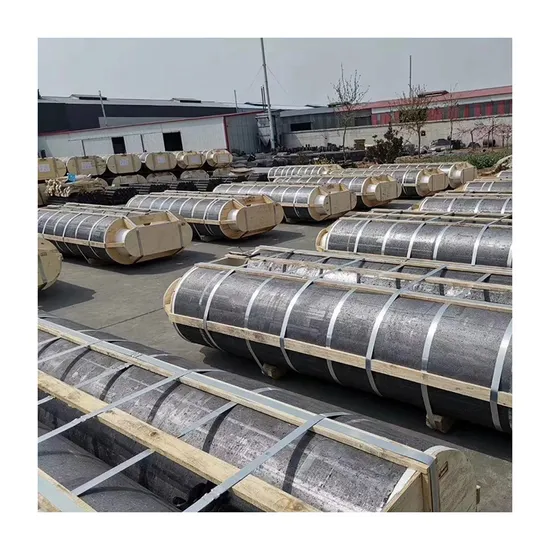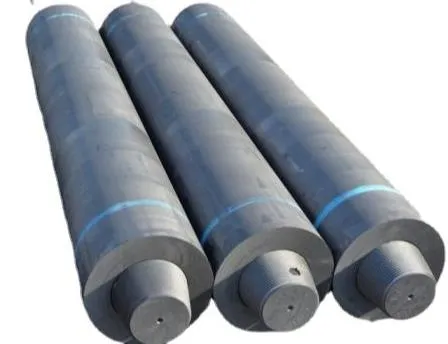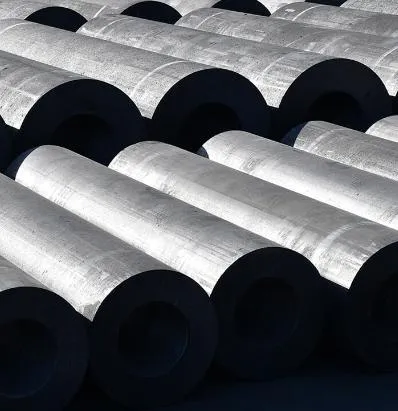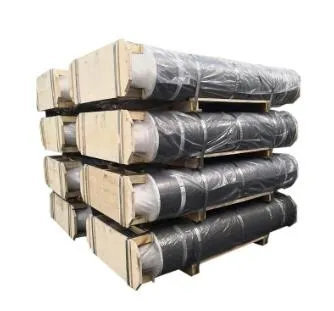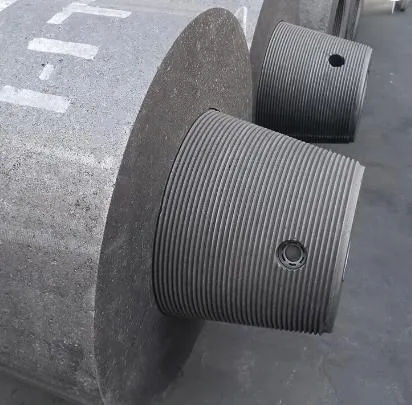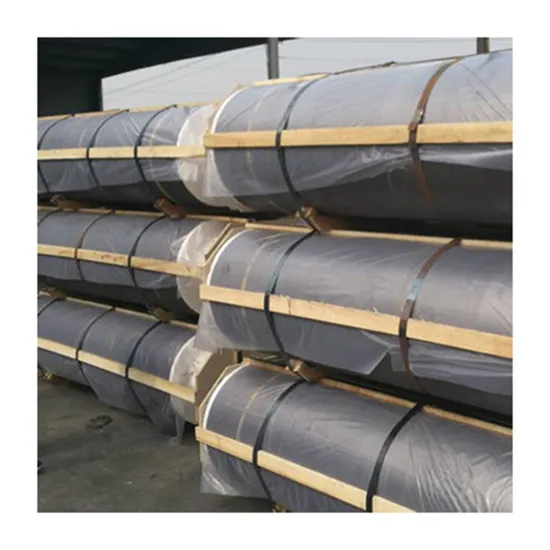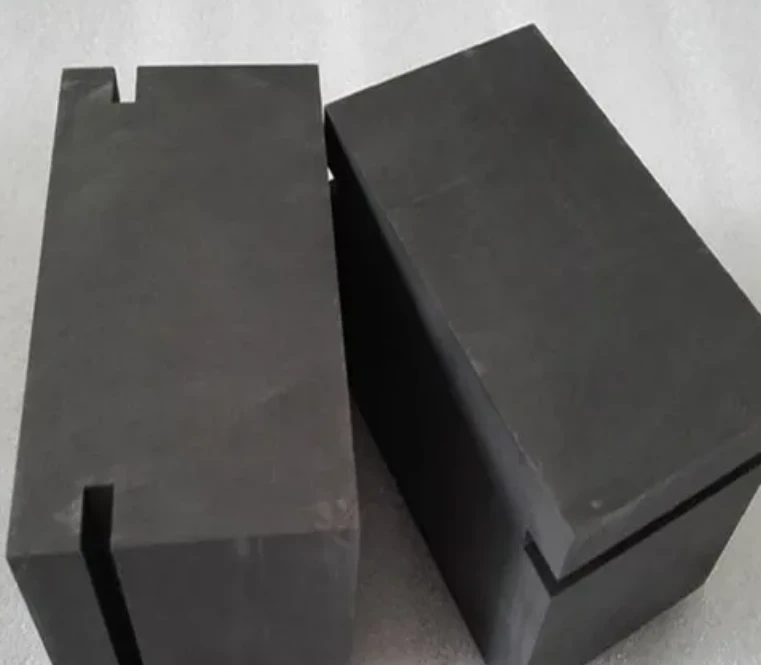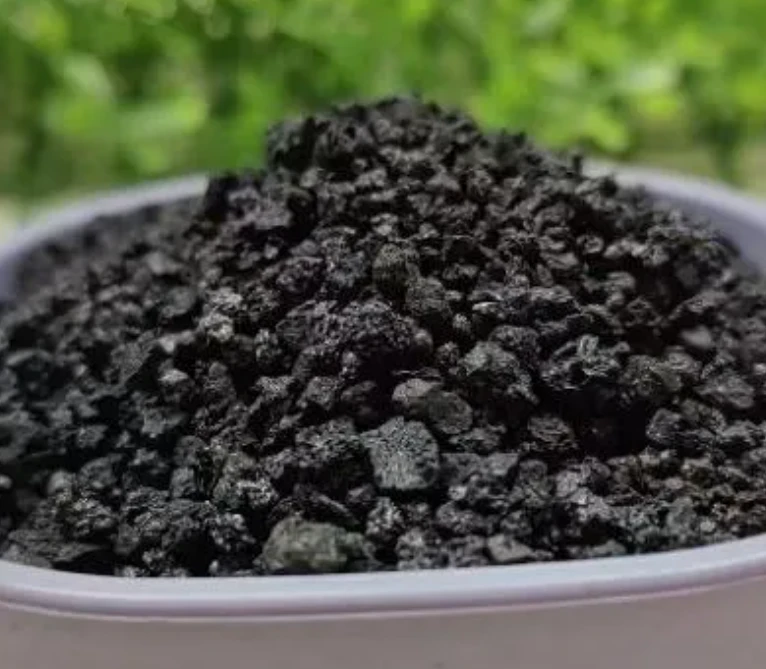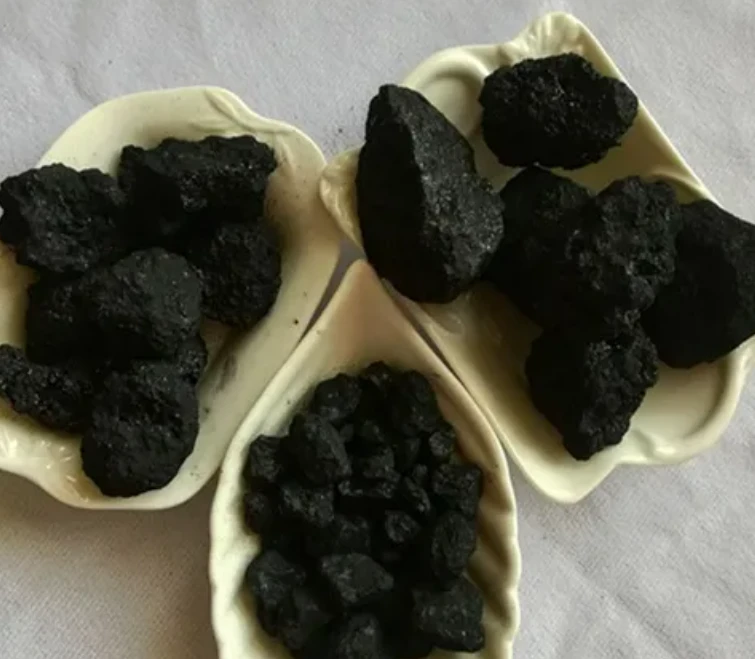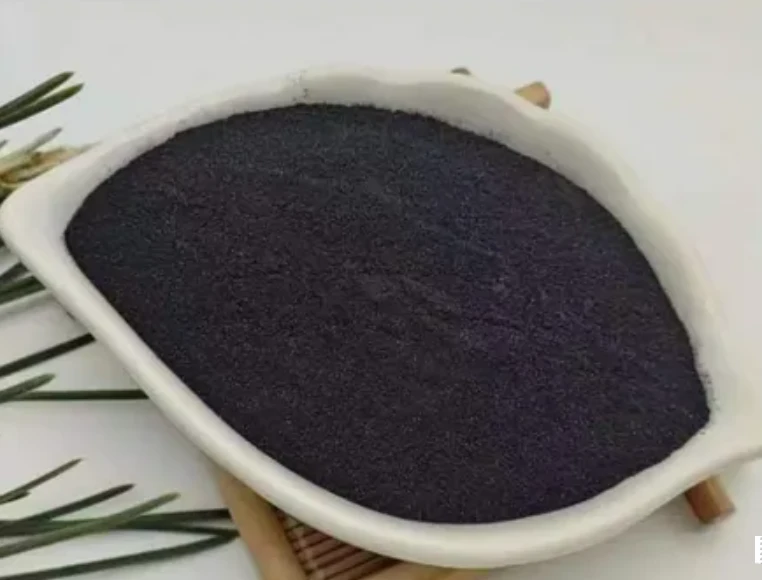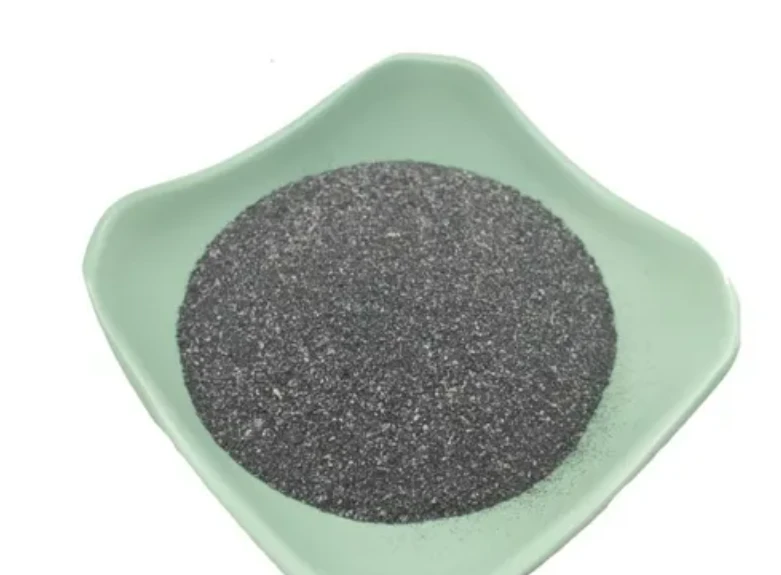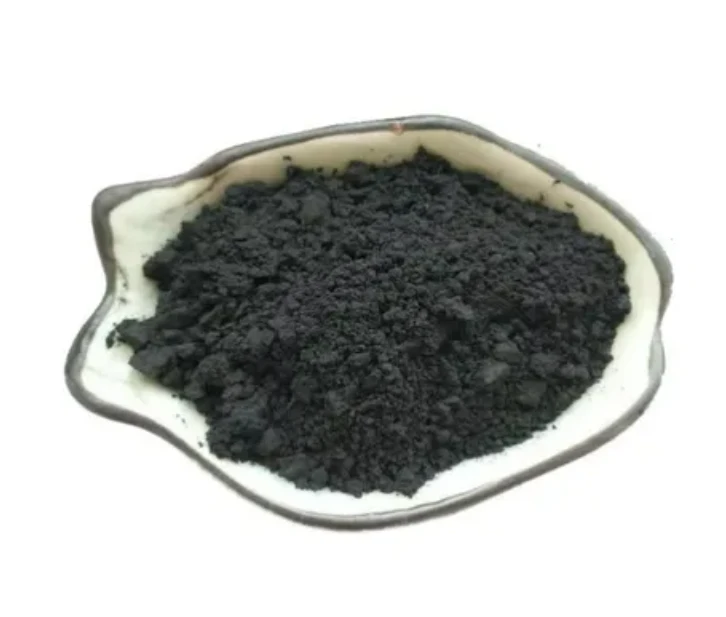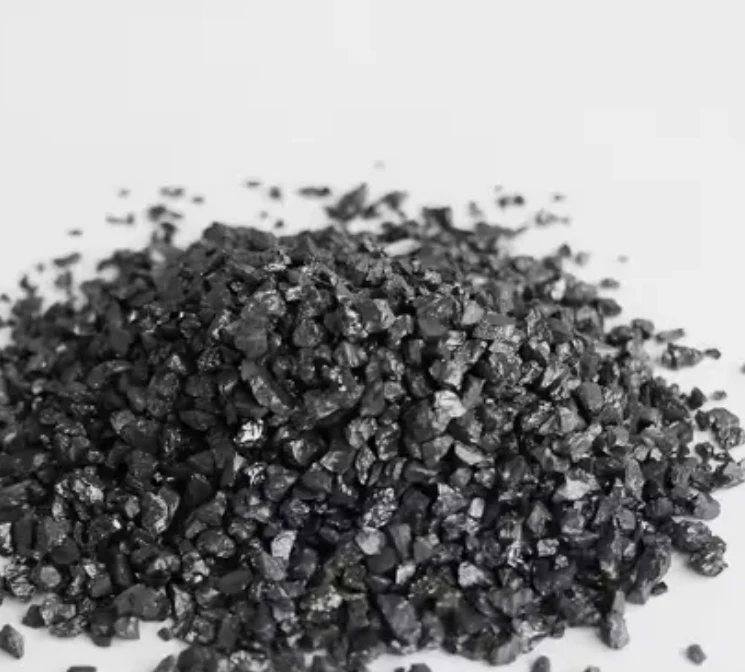- Englist



- Introduction to Graphite Material Applications
- Technical Advantages of Graphite Tubes
- Graphite Electrodes in Steel Manufacturing
- Functional Diversity of Graphite Powder
- Manufacturer Comparison: Performance Metrics
- Custom Solutions for Industry-Specific Needs
- Future Trends in Graphite Component Utilization

(graphite tube use)
Understanding Graphite Tube Use in Modern Industries
Graphite tubes serve as critical components across multiple sectors due to their exceptional thermal stability (withstanding temperatures up to 3,000°C) and chemical inertness. In semiconductor manufacturing, 82% of high-purity quartz crucibles rely on graphite tube supports during silicon crystal growth. Aerospace applications utilize graphite tubes for rocket nozzle liners, where their ablation resistance reduces erosion rates by 40% compared to traditional materials.
Superior Properties Driving Industrial Adoption
The thermal conductivity of graphite tubes (400 W/m·K) outperforms stainless steel by 15x, enabling rapid heat transfer in metallurgical processes. A recent study demonstrated that graphite tube furnaces achieve 98% thermal uniformity, reducing energy consumption by 22% in aluminum alloy production. Key performance metrics include:
- Oxidation resistance up to 500°C in air atmospheres
- Compressive strength of 80-120 MPa
- Ultra-low thermal expansion coefficient (4.5×10-6/°C)
Steel Production Efficiency Enhancements
Electric arc furnaces using graphite electrodes account for 70% of global steel recycling. High-density electrodes (1.7 g/cm3) enable power inputs exceeding 1,200 kVA/tonne, cutting melt times by 35%. The global graphite electrode market is projected to reach $19.8 billion by 2028, driven by steelmakers' transition to EAF technology.
Multipurpose Graphite Powder Applications
Conductive graphite powders (particle size 5-20μm) enhance battery anode capacity by 18% in lithium-ion cells. Lubricant additives containing 15-20% graphite powder reduce friction coefficients by 0.12 in high-load bearings. Emerging applications include 3D printing filaments (30% graphite composite) for thermally conductive prototypes.
Manufacturer Performance Benchmarking
| Parameter | Toyota Carbon | SGL Group | GrafTech |
|---|---|---|---|
| Max Service Temp (°C) | 2,800 | 3,200 | 2,950 |
| Density (g/cm3) | 1.78 | 1.85 | 1.82 |
| Resistivity (μΩ·m) | 9.5 | 8.2 | 9.0 |
Tailored Solutions for Operational Demands
Custom graphite components now achieve 0.02mm precision in CNC-machined EDM electrodes. Recent developments include gradient-density tubes for thermal shock resistance (15 cycles at ΔT=1,500°C) and ultra-pure grades (<5ppm impurities) for nuclear reactor applications.
Innovations Expanding Graphite Tube Use
Advanced coating technologies have extended graphite tube lifespans by 300% in corrosive environments. The integration of AI-driven predictive maintenance reduces furnace downtime by 40% through real-time thermal stress analysis. With 67% of renewable energy systems now incorporating graphite components, these materials remain vital for sustainable industrial progress.
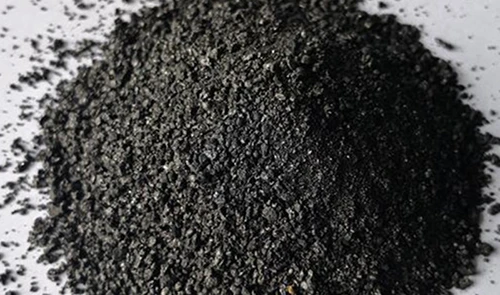
(graphite tube use)
FAQS on graphite tube use
Q: What are the primary applications of graphite tubes?
A: Graphite tubes are widely used in atomic absorption spectroscopy (AAS) for sample analysis. They provide high thermal stability and resistance to chemical corrosion. Their uniform heating properties ensure accurate results in laboratory settings.
Q: How are graphite electrodes utilized in steel manufacturing?
A: Graphite electrodes conduct electricity in electric arc furnaces (EAFs) to melt scrap steel. They withstand extreme temperatures (up to 3,000°C) and offer low electrical resistance. This makes them critical for efficient steel production.
Q: Why is graphite powder used in industrial processes?
A: Graphite powder acts as a lubricant in high-temperature machinery due to its thermal stability. It is also a key component in battery anodes and conductive coatings. Its versatility supports applications across energy and manufacturing sectors.
Q: What makes graphite tubes suitable for high-temperature environments?
A: Graphite tubes have a high melting point (~3,650°C) and thermal shock resistance. Their structure prevents deformation under rapid heating or cooling. These properties are ideal for demanding processes like metal smelting.
Q: Can graphite powder enhance material performance in composites?
A: Yes, graphite powder improves thermal and electrical conductivity in polymer composites. It also reduces friction when added to coatings or greases. This enhances durability and efficiency in automotive and aerospace components.





 Pervious
Pervious
 Next
Next
